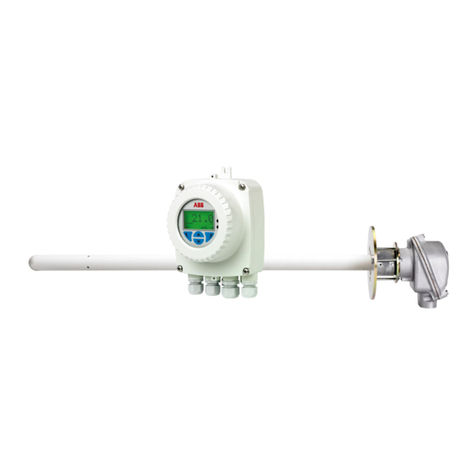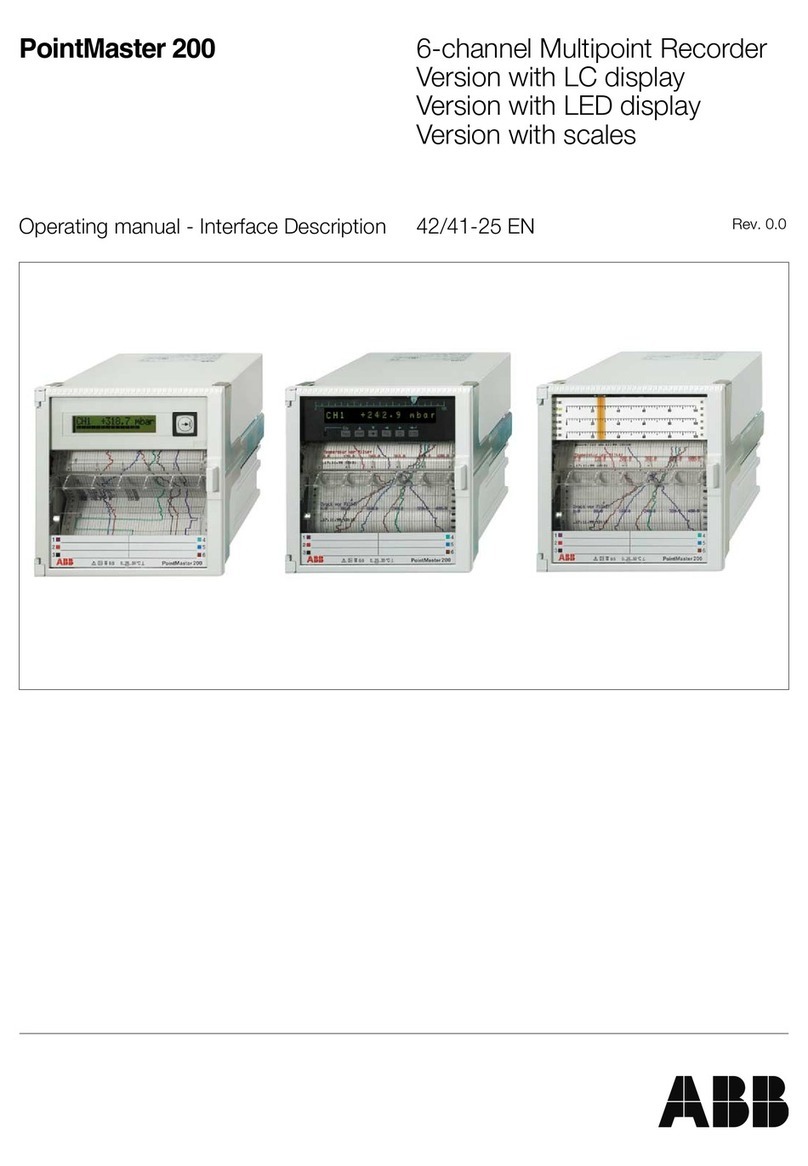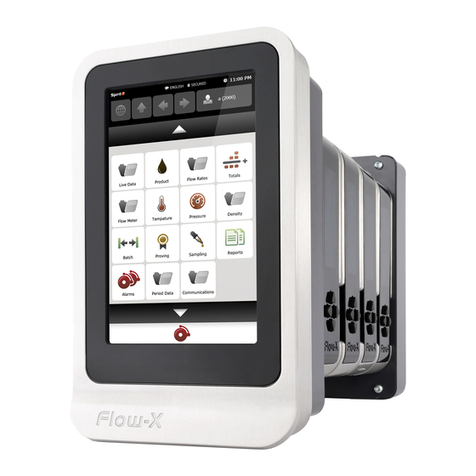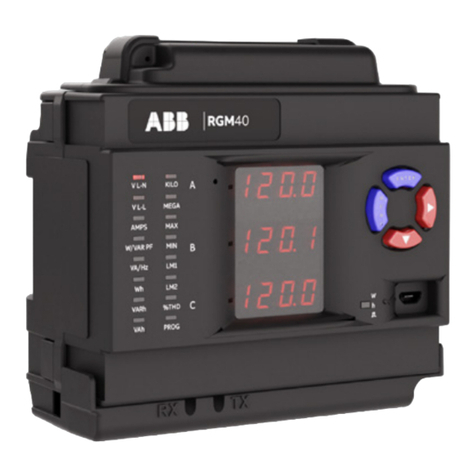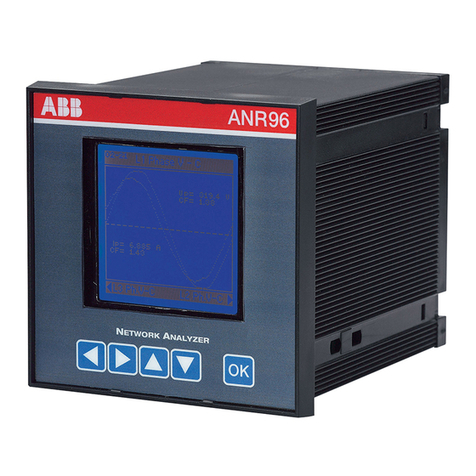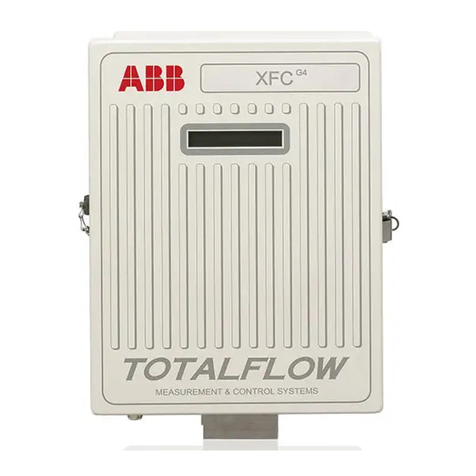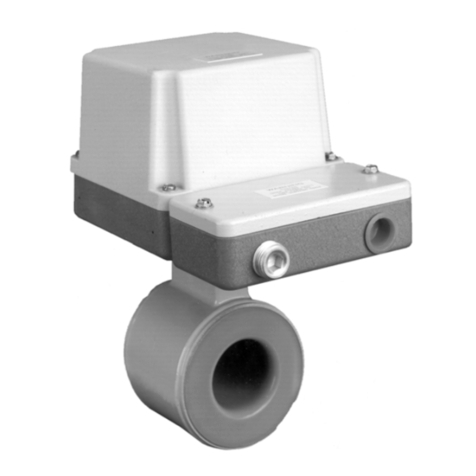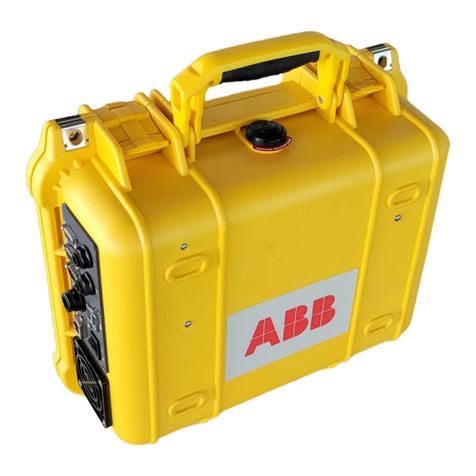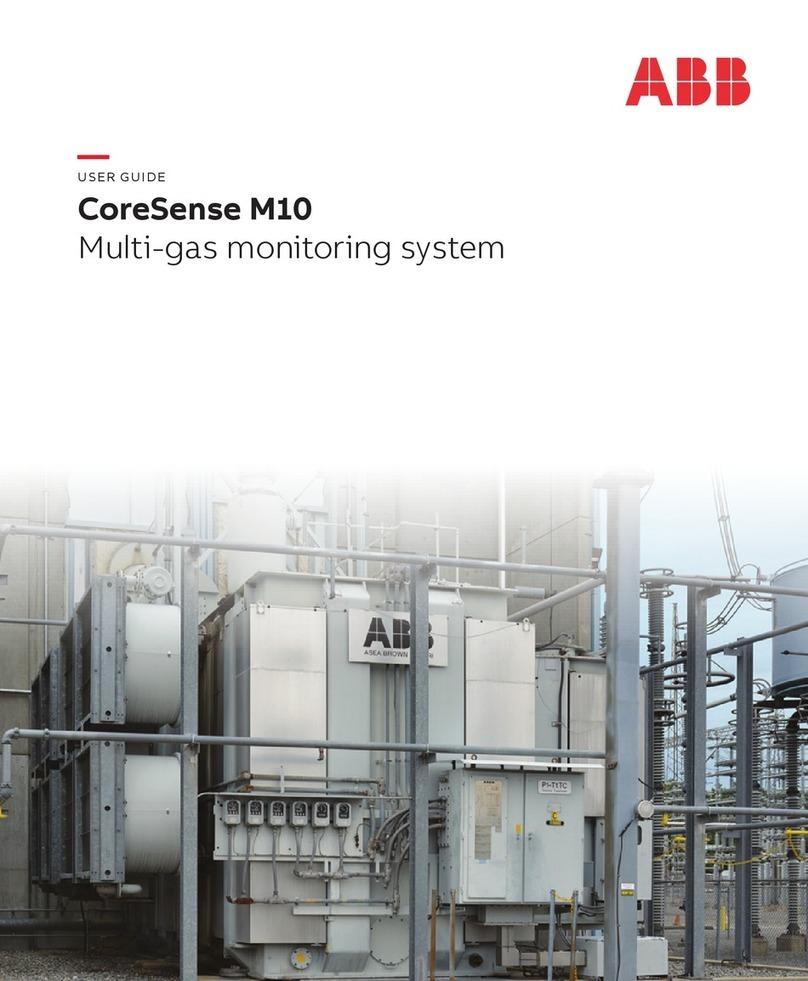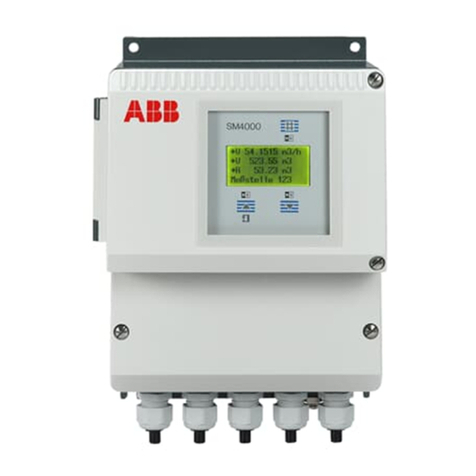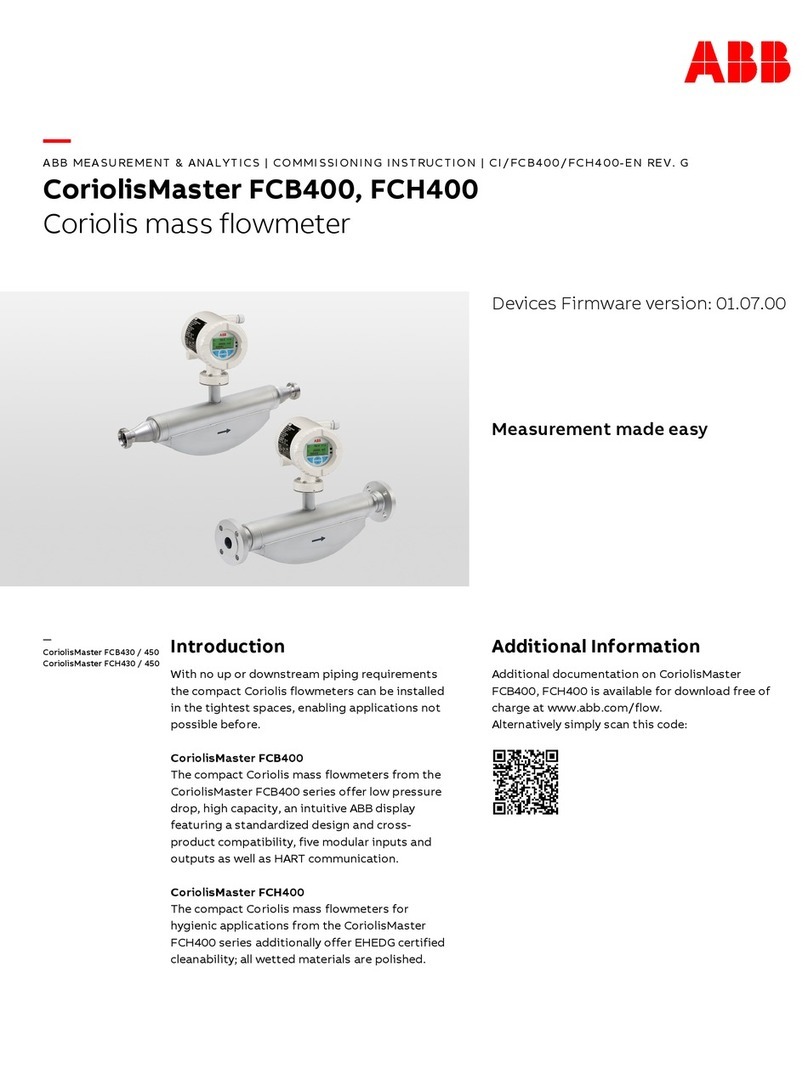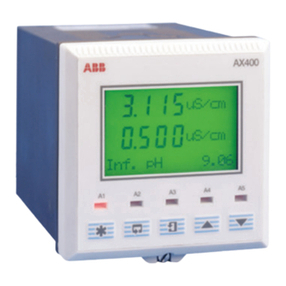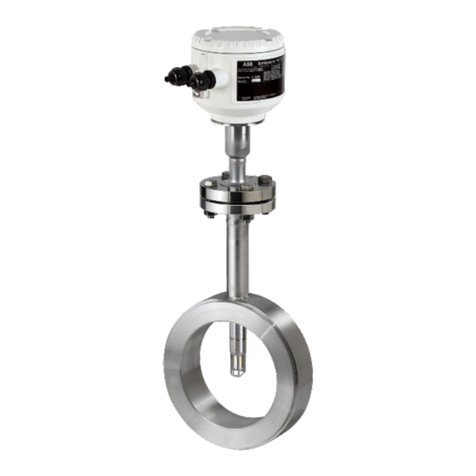
Description of A20 configuration
RES670 A20 configuration is applicable for a
typical single busbar single breaker arrangement
monitoring up to three bays on the busbar.
RES670 A20 is always delivered in 1/1 of 19"
case size. Thus only 12 analog inputs are
available. As shown in figure 2, RES670 A20
configuration as a PMU is capable of reporting 4
synchronized phasors; that is, one 3-phase
voltage of the busbar and three 3-phase currents
of bays 1 to 3. In addition, there are Binary Inputs
and protection function triggers which are
reported through PMU. This configuration also
includes general back-up protection functions
which are mainly intended for alarm purposes.
Available functions on A20 are Over Voltage,
Under Voltage, Over Frequency, Under
Frequency, and Rate of Change of Frequency.
IEEE Std 1344
IEEE Std C37.118
Phasor Data
Bus1
RES670 - Single Busbar, Three bays, 12AI
S XSWI
(9I+3U)
SA PTUF
81U f<
SA PTOF
81O f>
SA PFRC
81R df/dt
CV MMXN
Meter .
CV MMXN
Meter .
CV MMXN
Meter .
C MMXU
Meter .
C MSQI
Meter .
C MMXU
Meter .
C MSQI
Meter .
C MMXU
Meter .
C MSQI
Meter .
PMU REP
UV 2 PTUV
27 U<
OV2 PTOV
59 U>
V MMXU
Meter .
V MSQI
Meter .
Note:
ÐThis is a default pre-configuration provided according to a typical single busbar arrangement with three bays. IEC61850
ANSI IEC
Function Enabled
in Settings
IEC12000017-1-en.vsd
RES 670*1.2 - A20
IEC12000017 V1 EN
Figure 2. Typical PMU application for single busbar single breaker arrangement monitoring up to three bays,
including synchronized phasor reporting and back-up protection, using 12 analog input transformers in
full 19" case size.
RES670 A20 function library includes additional
functions, which are not configured, such as
additional Overcurrent protection functions,
additional Multipurpose protection function, and
so on. Note that RES670 A20 must be re-
configured if any additional functions are used.
Description of configuration B20
RES670 B20 configuration is applicable for a
typical double busbar single breaker arrangement
monitoring up to six bays on the busbar. RES670
B20 is always delivered in 1/1 of 19" case size.
Thus 24 analog inputs are available. As shown in
figure 3, RES670 B20 configuration as a PMU is
capable of reporting 8 synchronized phasors; that
is, two 3-phase voltages from busbar 1 and 2 as
well as six 3-phase currents from bays 1 to 6. In
addition, there are Binary Inputs and protection
function triggers which are reported through
PMU. This configuration also includes general
back-up protection functions which are mainly
intended for alarm purposes. Available functions
Phasor measurement unit RES670 1MRK 511 266-BEN -
Pre-configured
Product version: 1.2
ABB 5

